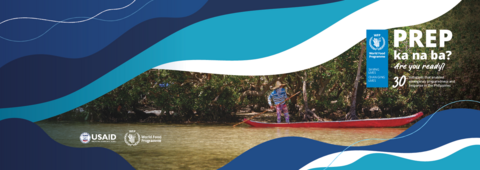
This book compiles good practices and innovations in preparedness and response in the ten years since Super Typhoon Haiyan.
Ten years ago, on 8 November 2013, Super Typhoon Yolanda (known internationally as Typhoon Haiyan) hit the Philippines. One of the most powerful typhoons ever recorded, it devastated much of the country and especially the eastern landmass of Leyte. Responsible for more than 6,000 deaths and damage totaling US$2.2 billion (PHP 95.5 billion), it was the deadliest and most expensive storm in the Philippines’ recent history.
Eight years later in 2021, another Super Typhoon called Odette (known internationally as Rai) brought similar torrential rains, violent winds, mudslides, floods, and storm surges to central parts of the Philippines, leaving a wide path of destruction and debris in its wake. More than 400 people died in the aftermath of Typhoon Odette. While not as powerful as Haiyan, it damaged houses, infrastructure and livelihoods on a comparable scale.
One bright spot amid Odette’s destruction was the significantly lower number of casualties, which was primarily attributed to pre-emptive measures undertaken by communities and authorities. Indeed, much progress has been achieved in emergency preparedness and response in the span of a few years. After Yolanda, the national and local governments, as well as the humanitarian community, multiplied their initiatives to protect communities from natural hazards throughout the country.
